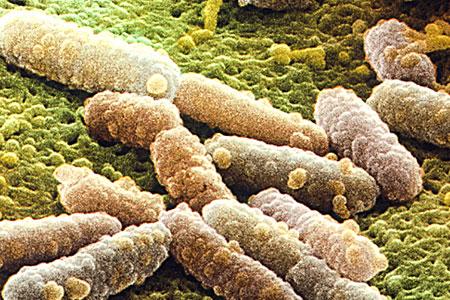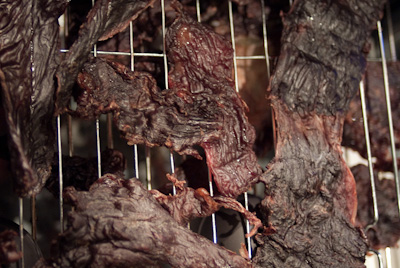 There are probably countless reasons you could site for buying grass-fed (a.k.a. “naturally raised”) meat, but consider just this one: “Cattle that were fed grain had 106-fold more acid-resistant E. coli than cattle fed hay” (Grain Feeding and the Dissemination of Acid-Resistant Escherichia coli from Cattle Francisco Diez-Gonzalez, et al. Science 281, 1666 (1998); DOI: 10.1126/science.281.5383.1666).
There are probably countless reasons you could site for buying grass-fed (a.k.a. “naturally raised”) meat, but consider just this one: “Cattle that were fed grain had 106-fold more acid-resistant E. coli than cattle fed hay” (Grain Feeding and the Dissemination of Acid-Resistant Escherichia coli from Cattle Francisco Diez-Gonzalez, et al. Science 281, 1666 (1998); DOI: 10.1126/science.281.5383.1666).
Just in case you missed that, 106-fold = 1 million times the acid-resistant E. coli than cattle fed grass.
Chew on that for a while!
Bon Appetite,
Mr. Carnegie, Scavenger Gourmet

